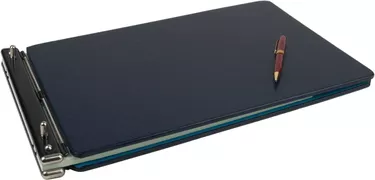
The first step toward saving money is to examine how much money you are currently spending and finding places to spend less. As such, a household budget is an ideal place to start. You can track your household budget in a spreadsheet computer program, such as Excel, or on a paper ledger. While the spreadsheet does the math for you, actually putting a pencil to paper may help you internalize the implications of the budget more effectively. Either way, it all begins with knowing how to keep a household ledger.
Step 1
Make a list of your household expenses. These expenses are your fixed costs and include things such as: rent or mortgage payments; utilities such as gas, electric, cable, phone and Internet; vehicle payments and other loan payments.
Video of the Day
Step 2
List your variable household expenses. These would be items such as food expenses, car repair and maintenance, child care, clothing, hair-care expenses and entertainment.
Step 3
Record your average payments for credit card bills. Be sure to include major credit cards as well as store credit cards.
Step 4
Track your insurance premiums for home or rent, auto insurance and health insurance plans. Include life insurance.
Step 5
Write the due date for each expense in the next column. Highlight those items that need to be mailed as it can take up to 10 days for your payment to be received and posted to your account.
Step 6
Write in the payment amounts in the next column. If you have any past due amounts, you may want to put that column between the payment date and the normal payment amount column.
Step 7
Consider the items you have written in the ledger to be your budget. Review all of the entries and see if there are any that seem high to you. Look into reducing cell phone plans or cable television plans to cut costs. Many providers can evaluate your usage and recommend plans that will save you money.
Step 8
Record the balance of the accounts in another column. This will allow you to see the big picture on one page. It may give you the incentive to pay the big balances down to lower payments.
Step 9
Write in all actual expenses on a separate page in the ledger. Keep all receipts throughout a week or a month and write them in. This step will allow you to compare what you budgeted and what you actually spent. This will help to curb those spur-of-the-moment spending habits.
Tip
Many online websites offer templates that allow you to enter all of your information and save it on your computer. Printable budget sheets and ledger templates are also available online.
Household ledger books can be purchased at most local and chain bookstores.
Things You'll Need
Ledger book
Pencils
Bills
Receipts
Calculator
Video of the Day